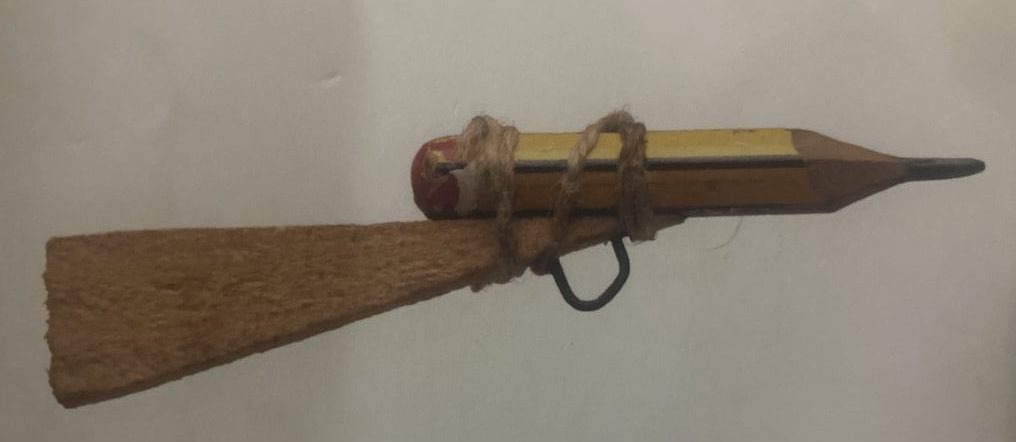The Materiality of Sound.
Blogging Task – Disability ( Element 1 ) I have split the elements/items in the task to help with reading.
After 40 seconds into the video, I began wondering why the main character, Christine Sun Kim had not yet introduced herself, by that I meant spoken. I was waiting to hear her sound. I assumed that that was the order.
The 10-minute video introduces Christine Sun Kim and her practice as an artist. Her practice explores and uses sound (and language) (and its politics/operations of it) as a starting point to create drawings, performances, videos, paintings, and other tactual experiences of sound.
She talks about her understanding/awareness of sound (social attitudes and normative behaviour around sound) by way of watching other people respond to sound – and her practice shows us her understanding/awareness of sound itself by consuming, experiencing, and visualising its materiality and spatial quality.
“let’s listen with our eyes and not just our ears”. – Christine Sun Kim
This statement is very profound, because it opens a dialogue around accessibility, and gives us possible solutions for creating material that is accessible. In this scenario, Kim is inviting us to go beyond the social norm, and overdependence on the ears to listen which has come to be because a certain majority, (in an ableist society) whom the world is organised around responds/experiences sound in this manner.
What is also emphasised in the video (and reflected in the way I responded to the video) is our dialectical understanding of the ontology of something and how it plays a part in one’s identity. In Kim’s case, this dialectic is very concrete because another person literally takes the position of her sonic identity, and without the other, her voice is not heard.
- How can I apply the resources to my own teaching practice?
The video itself and the Artist’s practice are a great resource to introduce to students. Students can be tasked to do further research on the artist and make a presentation, unpicking some of the complex discourses in her work.
Students could also participate in a writing exercise where students produce descriptive texts that become captions for popular and historic films.
Students could participate in an exercise where they collect sounds in their locality and explore the materiality of these sounds through a performative praxis.
Making sure any material I produce (whether for myself or others) is readable.
- How could I integrate the research/work your students do on this subject into your teaching/professional practice?
Using captions in the range of material I show to students. Encouraging students to include captions, that are not simply scripts or direct translations, but delineate the moods, feelings, and other sounds in the space.
- Can you cite examples? You will share your thoughts within your groups and comment and share further resources you use in your own context.
A workshop – students work in groups, to produce a short film (informed by different impairments) and produce captions for the film.
Students can be invited to list several invisible impairments and consider how they would respond to them as spatial designers/artists.
